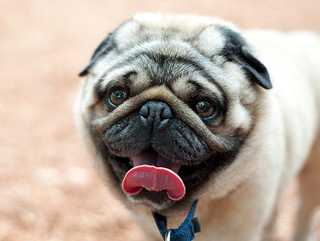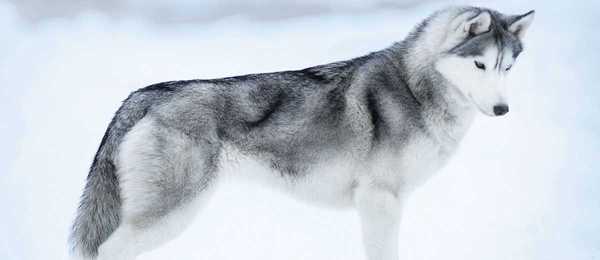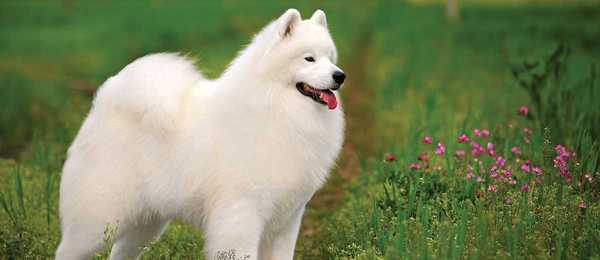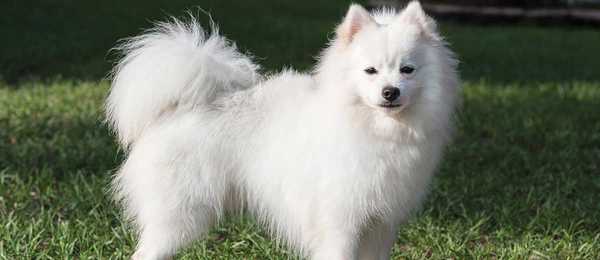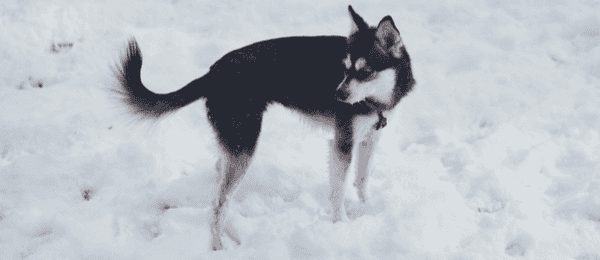
Klee Kai Dogs & Puppies
View Adoptable Pets for This Breed

Traits and Characteristics
type
weight
height
family
With his wedge-shaped head, striking facial mask, prick ears and full tail that curls over the back, the Alaskan Klee Kai is a true reflection of his Northern roots, his spitz-type resemblance a smaller version of the well-known Alaskan Husky.
Ready to see what dogs fit you best? Take our short quiz to find out!
Energy Level
Exercise Requirements
Playfulness
Affection Level
Friendliness to Dogs
Friendliness to Other Pets
Friendliness to Strangers
Watchfulness
Ease of Training
Grooming Requirements
Heat Sensitivity
Vocality
Disclaimer: While the characteristics mentioned here may frequently represent this breed, dogs are individuals whose personalities and appearances will vary. Please consult the adoption organization for details on a specific pet.
Temperament
Similar to other small breeds, the loyal and alert Alaskan Klee Kai is territorial and makes for an exceptional watchdog. He can be aloof and cautious among strangers, but is friendly and affectionate with his human family. Curious, energetic and intelligent, the Alaskan Klee Kai plays nice with children and other dogs, though he may not be suited for a home with pets smaller than him due to his high prey drive.
Upkeep
Despite the Alaskan Klee Kai’s thick double coat that moderately sheds, his grooming needs are fairly minimal. He generally enjoys grooming himself, so beyond regular brushing and occasional bathing, as well as regular teeth brushing, nail trimming and ear cleaning, not much upkeep is needed. However, keep in mind the Alaskan Klee Kai sheds seasonally and may require additional grooming. Highly energetic, active and quick, the Alaskan Klee Kai requires plenty of exercise, such as free play in a fenced yard or leashed walks, to avoid becoming high strung or anxious.
Health
- Major Concerns: N/A
- Minor Concerns: N/A
- Occasionally Seen: Juvenile cataracts, liver disease, factor VII deficiency, pyometra, patellar luxation, cryptorchidism, cardiac issues, thyroid diseases
- Suggested Tests: N/A
- Lifespan: 10 to 13 years
History
The Alaskan Klee Kai originated in Alaska in the early 1970s when Linda Spurlin and her family desired a companion-sized version of the Alaskan Husky. Through the 1970s and 1980s, the Spurlins carefully chose and bred dogs held to their high standards for appearance and physical and mental soundness, thus creating this rare breed. The Alaskan Klee Kai became available to the public in 1988. Although Spurlin called the breed the Klee Kai, which is an Inuit term meaning “small dog,” it was renamed the Alaskan Klee Kai in 1995 before being officially recognized by the United Kennel Club in 1997.
